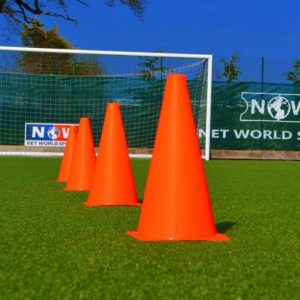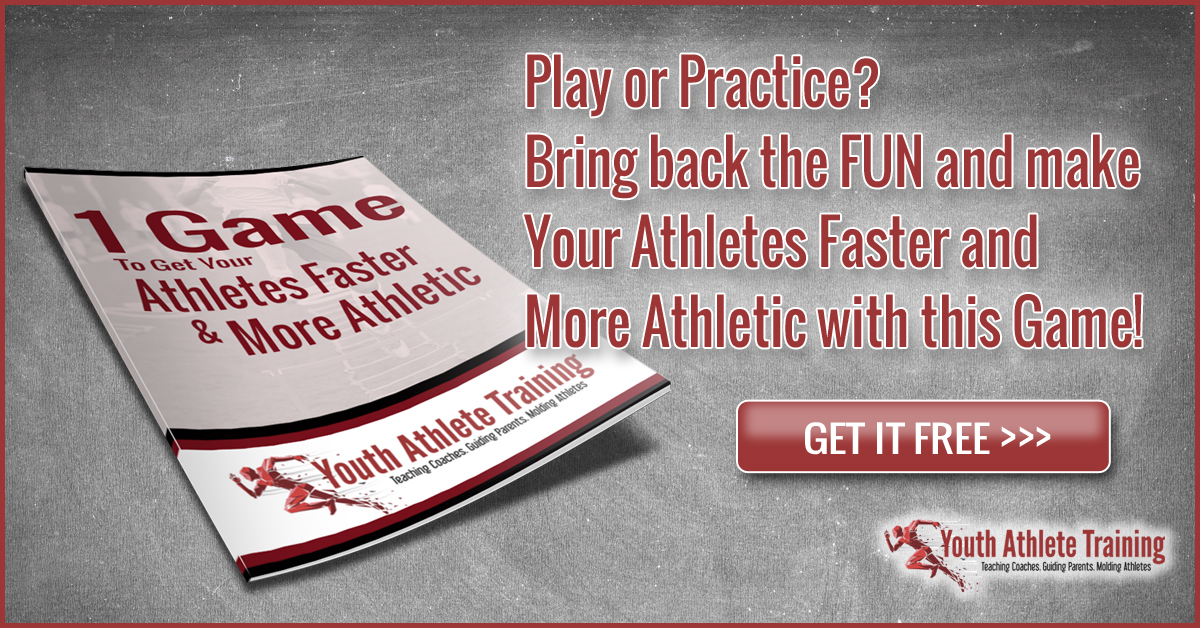What do all kids, puppies and kittens have in common?
They love to play!
It’s an age thing…
When we are young we have an abundance of energy. When we’re young we want to be active and playful as much as possible.
This is why “playing” should be part of any youth athlete’s training plan. Playing is huge for honing in on certain skills, increasing strength, balance, speed or conditioning too.
 I was recently watching the NCAA College Wrestling Championships and heard an interview with a top National coach who has his wrestlers play different games at the end of practice. These games, as he described, brought fun and teamwork to his wrestlers. It also gave them something fun to look forward to after an intense practice.
I was recently watching the NCAA College Wrestling Championships and heard an interview with a top National coach who has his wrestlers play different games at the end of practice. These games, as he described, brought fun and teamwork to his wrestlers. It also gave them something fun to look forward to after an intense practice.
It’s also well known that the NY Yankees love to have their players get together for different types of games that have nothing to do with baseball. These games are competitive yet fun for them.
Now if college team and professional teams see the value in games for athletes, then youth athletes NEED to have games in their programs.
I like games after training sessions for youth athletes because you can use them to have your athletes move in ways that are similar to the skills needed during their sport or you can have them move in ways that are completely different than the skills used in their sport.
6 Tricky Tips
Here are 6 “tricky” tips to keep in mind when coming up with games for your youth athletes to play:
- Play games that don’t have eliminations. Any game where an athlete is “out” and has to stop playing is counterproductive. Include games where there is continuous movement and activity.
- Play games that focus on both physical and cerebral thinking. You want your athletes to use their minds and their body’s at the same time.
- Play games that force the athletes to work outside of their comfort zone. An example might be a game that requires throwing a ball with the non-dominant hand.
- Play games that incorporate different components of overall fitness at the same time: muscular strength, muscular endurance, cardiorespiratory endurance, and flexibility
- Play games that have athletes work in 3 planes of motion: Sagittal, Frontal and Transverse. This means your games should have athletes moving in different ways and different levels.
- Play games that don’t require a lot of equipment. Quick and simple games are preferred because you don’t want them sitting or getting bored.
I hope these tips have helped you out.
If you would like more speed training tips click here to read about The One Game To Get Your Athletes Faster and More Athletic


1 thought on “Practice or Play? 6 Practice Games to Increase Speed and Agility”
Comments are closed.